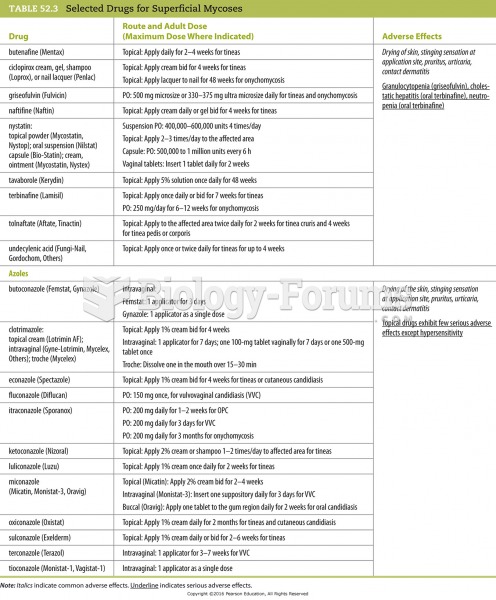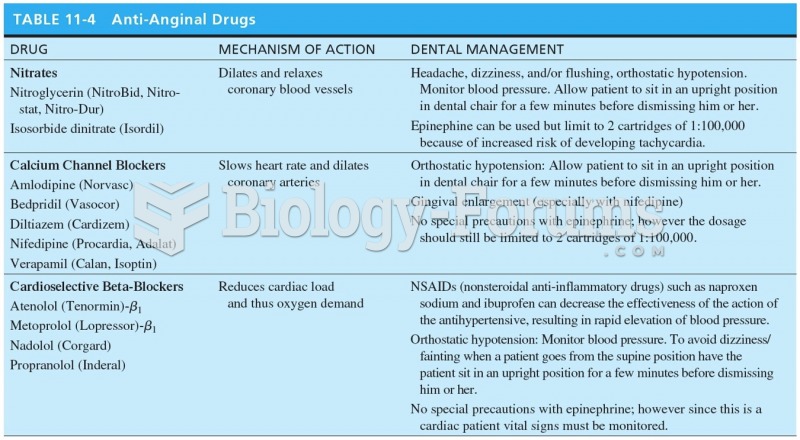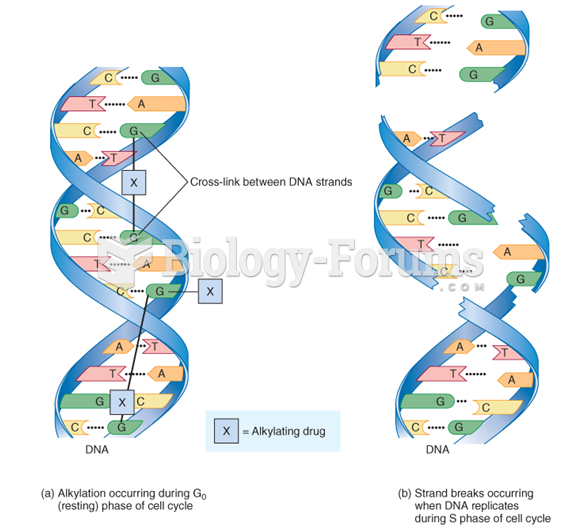Answer to Question 1
To maximize bone mass, the diet must deliver an adequate supply of calcium during the first three decades of life. Children and teens who consume milk products and get enough calcium have denser bones than those with inadequate intakes. With little or no calcium from the diet, the body must depend on bone to supply calcium to the blood bone mass diminishes, and bones lose their density and strength. When people reach the bone-losing years of middle age, those who formed dense bones during their youth have the advantage. They simply have more bone starting out and can lose more before suffering ill effects.
Estrogen therapy may help some women prevent further bone loss and reduce the incidence of fractures. Because estrogen therapy may increase the risks for breast cancer, women must carefully weigh any potential benefits against the possible dangers. A combination of drugs or of hormone replacement and a drug may be most beneficial. Several drug therapies have been developed to inhibit bone loss and enhance bone formation. The FDA has approved the following drugs to prevent or treat osteoporosis: biophosphates, calcitonin, estrogens, estrogen antagonists, and parathyroid hormone.
Some women who choose not to use estrogen therapy turn to soy as an alternative treatment. Interestingly, the phytochemicals commonly found in soy mimic the actions of estrogen in the body. Research results have been mixed and controversial, but overall seem to indicate a lack of benefit for soy and its phytochemicals in helping to prevent the rapid bone losses of the menopause years.
Answer to Question 2
Physical activity may be the single most important factor supporting bone growth during adolescence. Muscle strength and bone strength go together. When muscles work, they pull on the bones, stimulating them to grow denser. The hormones that promote new muscle growth also favor the building of bone. As a result, active bones are denser and stronger than sedentary bones. Both the muscle contraction and the gravitational pull of the body's weight create a load that benefits bone metabolism.
To keep bones healthy, a person should engage in weight training or weight-bearing endurance activities (such as tennis and jogging or sprint cycling) regularly. Regular physical activity combined with an adequate calcium intake helps to maximize bone density in adolescence. Adults can also maximize and maintain bone density with a regular program of weight training. Even past menopause, when most women are losing bone, weight training improves bone density. Heavier body weights and weight gains place a similar stress on the bones and promote their density. In contrast, weight losses reduce bone density and increase the risk of fracturesin part because energy restriction diminishes calcium absorption and compromises calcium balance.







